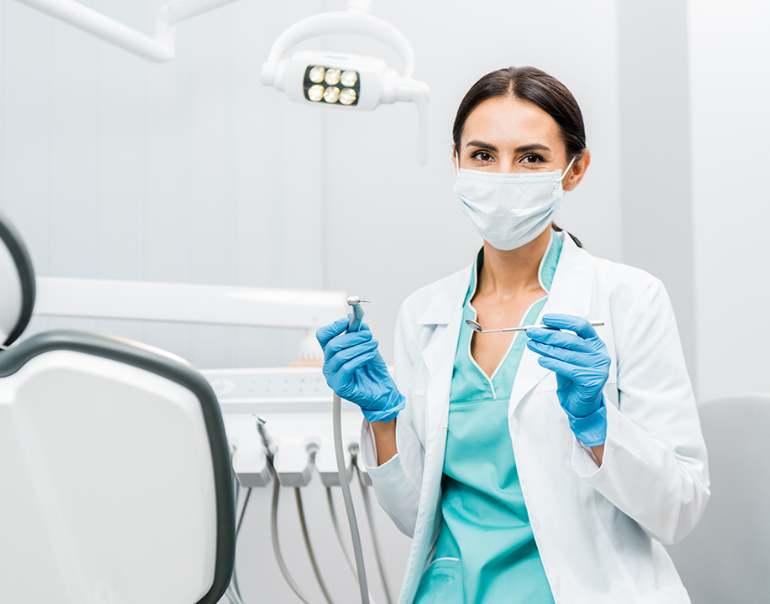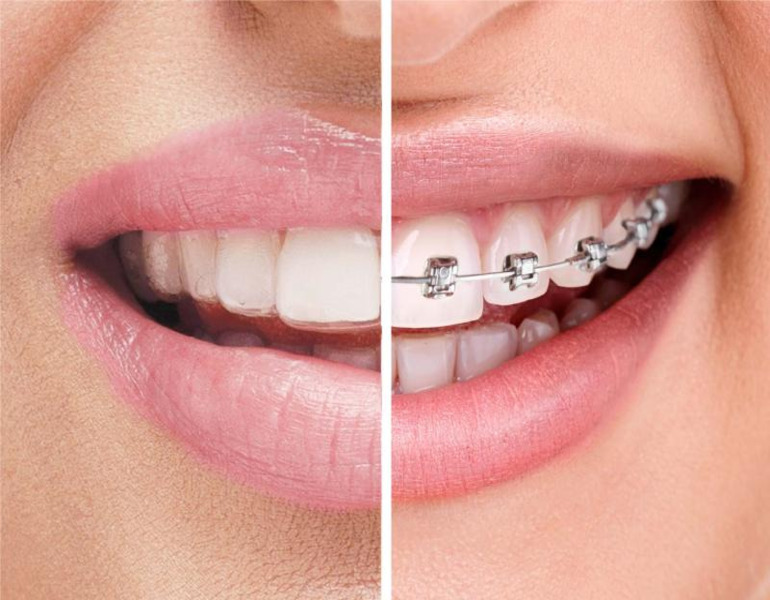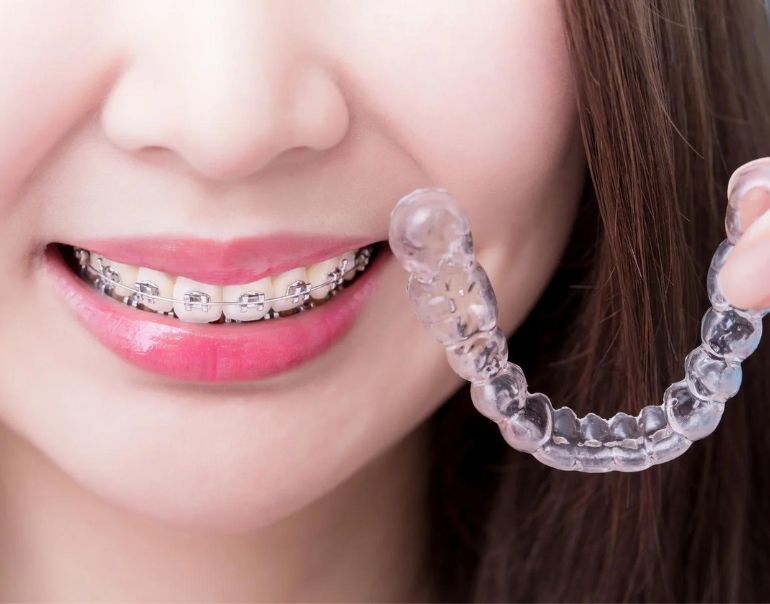
What is the Best Age to Get Braces?

A straight, well-aligned smile is more than just a confidence booster—it plays a crucial role in maintaining oral health. Many wonder, "What is the best age to get braces?" While braces can be beneficial at almost any age, the timing of treatment can impact its effectiveness and duration. Understanding the ideal age for braces helps ensure the best possible results with minimal discomfort.
Why Do People Need Braces?
Braces are designed to correct a variety of dental misalignments, including:
- Crooked or overcrowded teeth – When teeth overlap or are positioned incorrectly, it can lead to difficulty cleaning, increasing the risk of cavities and gum disease.
- Gaps between teeth – Spaces between teeth can cause bite problems and make eating uncomfortable.
- Bite issues – Overbites, underbites, and crossbites can lead to excessive wear on teeth, jaw pain, and even speech difficulties.
- Improper jaw alignment – A misaligned jaw can cause discomfort, headaches, and TMJ disorders.
Braces enhance your smile's appearance and contribute to long-term oral health by ensuring that teeth are properly positioned for optimal function.
What is the Ideal Age for Braces?
While there is no single "perfect" age for braces, certain age groups respond better to treatment due to jaw development and tooth positioning.
Children (7-11 years old) – Early Orthodontic Intervention
The Indian Association of Orthodontists recommends that children should have their first orthodontic evaluation around age 7.
- A mix of baby and permanent teeth at this stage allows orthodontists to identify potential alignment issues.
- Early intervention can help guide jaw growth, prevent severe misalignment, and make future treatments more effective.
- Children with signs of overcrowding, bite issues, or jaw misalignment may benefit from early-phase treatment such as palatal expanders.
Teenagers (12-18 years old) – The Most Common Age for Braces
- Adolescence is considered the best time for braces since the jaw is still growing, making it easier for teeth to shift into proper alignment.
- Permanent teeth have fully erupted, allowing orthodontists to address any misalignment directly.
- Social acceptance plays a role—since many teens get braces, they often feel more comfortable wearing them.
- Treatment is typically quicker during this period because the body naturally adapts to the changes.
Adults (18+ years old) – It's Never Too Late!
- More adults than ever are seeking orthodontic treatment, proving that it's never too late for a healthier, straighter smile.
- Adults often choose braces or aligners for aesthetic reasons, career confidence, or to correct dental issues never addressed in childhood.
- While treatment may take slightly longer due to a fully developed jaw, modern options like clear aligners or ceramic braces provide discreet alternatives.
- Adult braces can help prevent future dental problems such as gum disease, tooth wear, and jaw pain.
Factors That Determine the Right Age for Braces
Several factors influence when braces should be considered:
- Severity of misalignment – Minor corrections can often be addressed with clear aligners at any age, while major misalignments may benefit from early intervention.
- Jaw growth and development – Younger patients experience faster and more predictable changes due to ongoing bone growth.
- Personal preferences – Some individuals prefer to wait until adulthood for braces, while others opt for treatment during their teenage years for faster results.
- Guidance from a professional – Consulting an orthodontist is essential for determining the right time to start treatment.
Alternatives to Traditional Braces
Not everyone is comfortable with metal braces, and thankfully, there are alternatives:
- Clear aligners (Invisalign) – A nearly invisible option preferred by teens and adults.
- Lingual braces – Placed behind the teeth, making them discreet but equally effective.
- Ceramic braces – Work like traditional braces but blend in with natural teeth.
- Self-ligating braces – Reduce friction and may shorten treatment time.
Each option has its benefits, and the right choice depends on factors like age, budget, and the complexity of dental issues.
Final Thoughts
Braces can transform smiles at any age, but early intervention often leads to better results with shorter treatment times. Teens typically experience the easiest and fastest orthodontic corrections, while adults can still achieve excellent outcomes with modern treatment options. The key is to seek professional advice and choose a treatment plan that aligns with your dental needs and lifestyle. If you're considering braces, consult an orthodontist to determine the best time and method for your unique smile.








